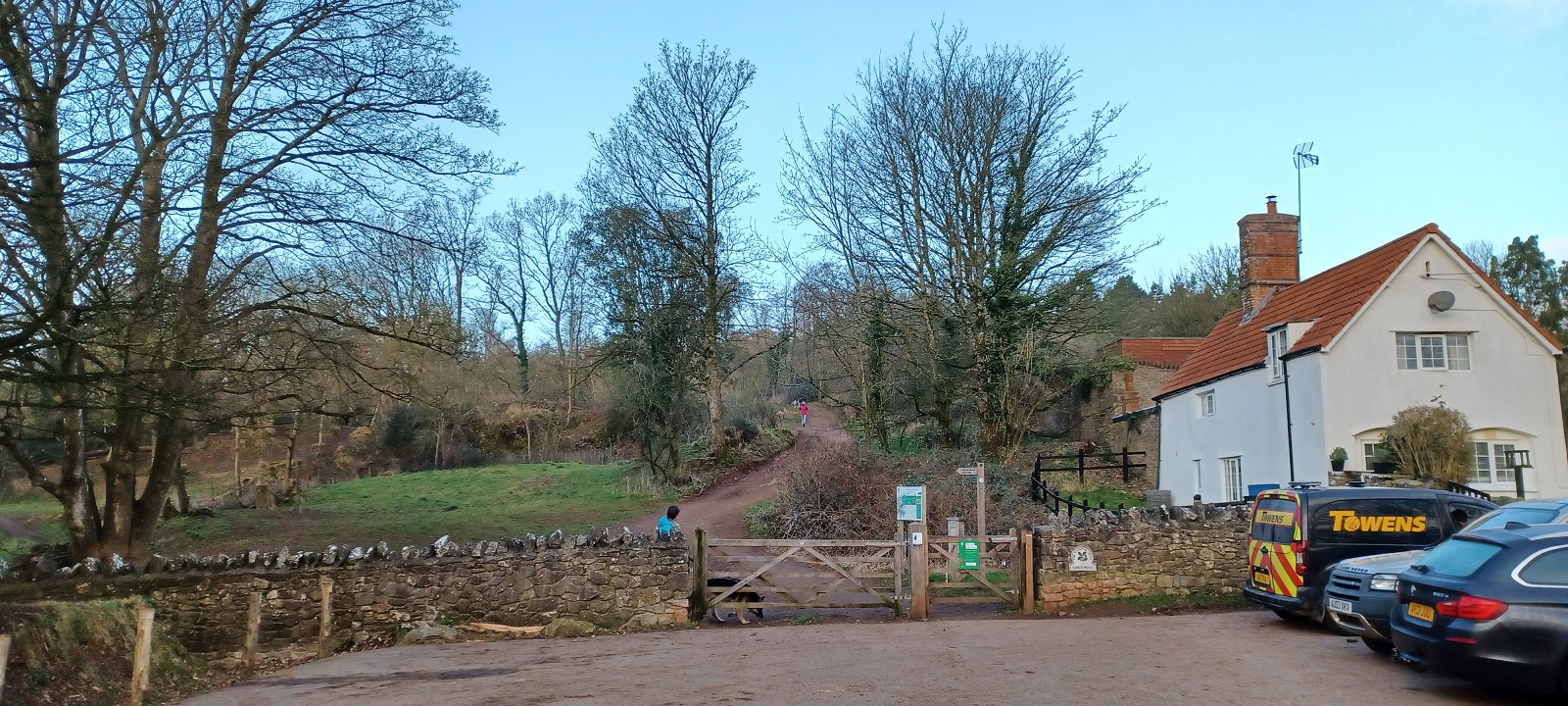By Harry Mottram: Those intrepid folk who venture up to King’s Wood will have noticed the work to fell trees affected by ash dieback disease is seemingly completed. King’s Wood car park and the walking routes through the forest were from closed 23rd January to 3rd March by the National Trust’s contractors while they cut down and removed trees hit by the ash dieback disease.

The Woodland Trust explain on their website: “Ash dieback (Hymenoscyphus fraxineus) is a fungus which originated in Asia. It doesn’t cause much damage on its native hosts of the Manchurian ash (Fraxinus mandshurica) and the Chinese ash (Fraxinus chinensis) in its native range. However, its introduction to Europe about 30 years ago has devastated the European ash (Fraxinus excelsior) because our native ash species did not evolve with the fungus and this means it has no natural defence against it.”
“The fungus overwinters in leaf litter on the ground, particularly on ash leaf stalks. It produces small white fruiting bodies between July and October which release spores into the surrounding atmosphere. These spores can blow tens of miles away. They land on leaves, stick to and then penetrate into the leaf and beyond. The fungus then grows inside the tree, eventually blocking its water transport systems, causing it to die. The tree can fight back, but year-on-year infections will eventually kill it.”

They go on to say the disease will kill 80% of ash trees meaning a major change to the look of the countryside – and the small numbers that are resistance to the disease will take 50 years or more to replace the lost trees.
King’s Wood is considered ancient woodland as it predates 1600 with some trees hundreds of years old. In nearby Slader’s Leigh there is a willow that is dated to 1200 – more than 800 years old. The woods include small-leaved lime, oak, beech, field maple, ash, whitebeam, hazel and guelder rose. In the spring there are bluebells and wild garlic giving off an aroma that heralds summer. Within the 38 acres I’ve seen roe deer, foxes, a badger, squirrels of course and rabbits. So far the Beast of the Mendips has not shown up.
Axbridge News is edited by Harry Mottram and is published for the interest of himself and fellow residents
Harry is a freelance journalist. Follow him on Facebook, LinkedIn, Twitter, Instagram, YouTube etc
Email:harryfmottram@gmail.com
Website:www.harrymottram.co.uk
Mobile: 07789 864769


You must be logged in to post a comment.